Best weed-smothering evergreen ground covers-your opinions,please?
bart bart
2 years ago
Featured Answer
Sort by:Oldest
Comments (32)
Related Discussions
Best ground cover rose
Comments (13)I am not sure of the correct definition of 'ground cover' roses, but I have four Drift Roses and am very pleased with performance. Snow drift is covered most all summer blooms and low-no maintenance. Sometimes I do a quick mini-prune to deadhead. I do not use chemicals because of honey bees and sometimes Japanese Beetles seem attracted to Snow drift (but not the other colors!)Coral Drift and Peach Drift are even better! They all did well the first year, but really hit their show-stopping peak the third year. They zing! with color....See MoreSearching for Evergreen Ground Cover
Comments (9)There is a plant called Wire Vine (Muhlenbrekia or something similar) that is often sold as a filler for combo pots or hanging baskets. I got some years ago and treated it like a tender tropical for years until I noticed a piece of it surviving winter and actually spreading and looking much better with neglect. Now I leave it outside and let it go to town. It looks good up until the temps get down around 10degrees and then the leaves will die back but the stems re-sprout once the temps get back to normal winter temps. It isn't the classiest plant for the garden but it does seem to choke out most weeds and it likes shade and poor soil - even dry soil (but you would have to water it the first year). It doesn't really make much of a vine, just simple looped stems about a foot long with little round leaves every inch or so. The loops stick up about a foot off the ground which makes the area hard to walk through, so it isn't a ground cover for high traffic areas but otherwise it is worthwhile plant for dry shady slopes. If the area is dark shade the only thing I have ever seen survive those places is vinca, with Vinca minor covering the ground better than Vinca major....See MoreEvergreen ground cover that's good in slightly alkaline soil
Comments (4)wow! Such great advice in no time at all! Thanks so much! As far as actual square footage... we have a 2 acre lot that my husband I battle over every summer. It's turning into a kind of game, well for me anyway... :) He's attempting to plant a small "grass farm" and I'd like to do more "non-grass" landscaping with rocks, bushes, flowers and maybe a bench. So, I get the hills, slopes and other places he has deemed not acceptable to be part of his grass farm. ha. He's really not that bad, but we do go back and forth. I told him not to plant grass along the northern strip where I've planted my 30+ evergreen tree windbreak and he did it anyway so I covered it with weed barrier and killed it. oh - my - gosh ... was I in trouble. You'd think I'd just killed his best friend. Don't get me wrong, I admire his appreciation and love of the green stuff, I just think it has it's place and it wasn't between my trees!! :) Seriously though... I have a 700 sq ft. slope to work with although I don't want wall-to-wall bushes/shrubs as I plan to bring in some rocks and add more perennial flowers, flowering bushes and bulbs to get it as low maintenace as possible while still looking nice. (it partially surrounds the circle drive so it's what people see from the front windows and when leaving) Next I have a 480 sq ft road front to work with that I would like very low evergreen creepers for (80'w x 6'd). The backdrop are huge slabs of sand stone and a hedge of cotoneasters. (just working on curb appeal here) In addition, I need 25-30 individual plantings for spaces between the evergreens to help cover landscape fabric, retain moisture, etc.. 8 of these may eventually be overshrouded by the colorado blue spruce row of the windbreak but that will be awhile from now (and at that point they will be in partial shade) so I'm hoping to do something there that will cover ground now and provide some kind of color contrast later. Thanks so much for all the detailed information! I really appreciate the help!! Happy Planting! Tina...See MoreStar jasmine as ground cover
Comments (6)Thanks for the thoughts! I've tried gorilla hair mulch, it gets so many weeds coming through in winter and breaks down really fast :-( I put some down last spring, most of it was gone by this spring. Hadn't considered that snails would also live in the star jasmine...maybe they will live in any evergreen plant growing low to the ground. Intrigued by the germander! I definitely prefer a more informal look, and I was a bit worried about the star jasmine getting up into the trees and shrubs if I forget to prune it for a few months. Yes I've really struggled with the weeds in this spot because our house is on a corner, and this spot is right at the corner next to the sidewalk, and I really hate being down there next to the sidewalk while I garden. Every year I tell myself I won't let the weeds go crazy, every year it happens again....See Morefig_insanity Z7b E TN
2 years agolast modified: 2 years agoflowersaremusic z5 Eastern WA
2 years agolast modified: 2 years agobart bart thanked flowersaremusic z5 Eastern WAbart bart
2 years agolast modified: 2 years agoslumgullion in southern OR
2 years agolast modified: 2 years agobart bart thanked slumgullion in southern ORbart bart
2 years agobtydrvn
2 years agobart bart
2 years ago
Related Stories

GARDENING GUIDES5 Weed-Smothering Ground Covers
Let these landscape plants do the dirty work of choking out weeds while you sit back and enjoy the view
Full Story
GROUND COVERSGround Force: 10 Top Ground Covers for Your Garden
Protect your soil from weeds and drought this summer with a living mulch of ground covers
Full Story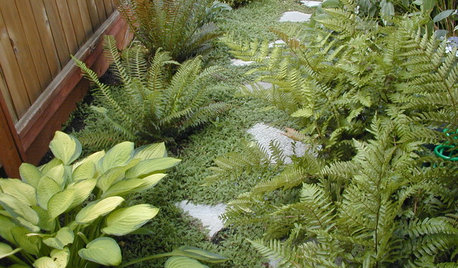
LANDSCAPE DESIGN6 Great Ways With Garden Ground Covers
Use them as problem solvers, weed killers, color and texture providers ... ground cover plants have both practical and visual appeal
Full Story
GARDENING GUIDES6 Native Ground Covers for Tough, Dry Spots
Sun beating down on your sandy gravel? Thick shade darkening your clay soil? There’s a ground cover here for you
Full Story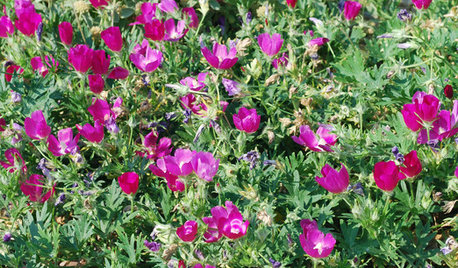
GARDENING GUIDES5 Essential Native Ground Covers for the Central Plains
These ground-level plants, for a variety of soils and sun exposures, offer benefits for pollinators
Full Story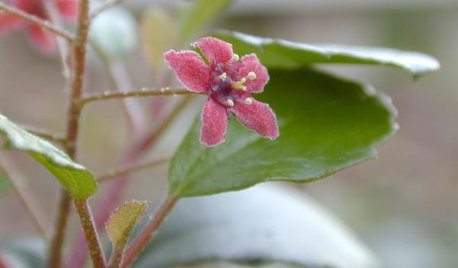
FLOWERS AND PLANTSThis Fragrant, Flowering Ground Cover Thrives Under Shady Oaks
Island gooseberry, or Ribes viburnifolium, is a California native that’s at home in low-water gardens
Full Story
EDIBLE GARDENSNatural Ways to Get Rid of Weeds in Your Garden
Use these techniques to help prevent the spread of weeds and to learn about your soil
Full Story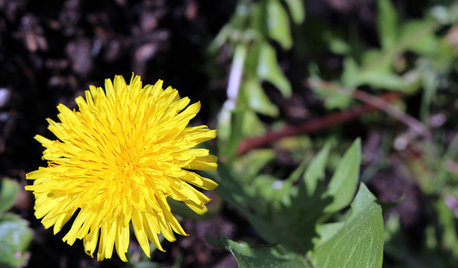
GARDENING GUIDESWhy Your Garden Might Be Full of Weeds
Tired of battling unwanted plants? These surprising reasons for weediness point the way to cures
Full Story
SUMMER GARDENINGHouzz Call: Please Show Us Your Summer Garden!
Share pictures of your home and yard this summer — we’d love to feature them in an upcoming story
Full Story
GARDENING GUIDES5 Ways to Naturally Win the Weed War
Show irksome weeds no mercy with these tricks for combating them sans chemicals
Full Story



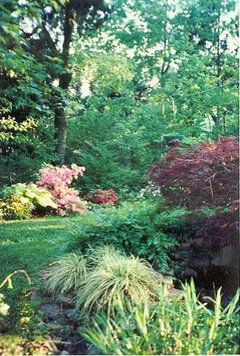
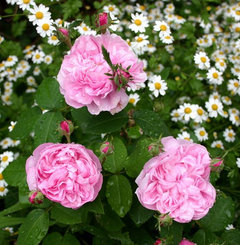


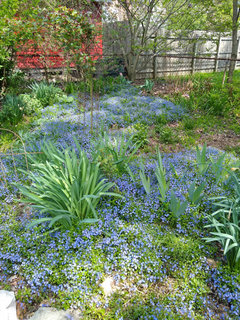
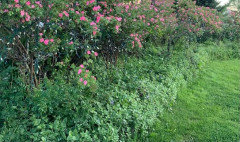



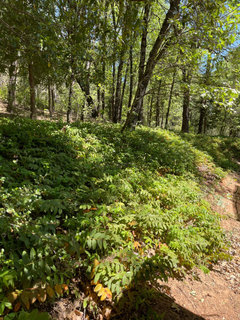

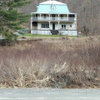


fig_insanity Z7b E TN